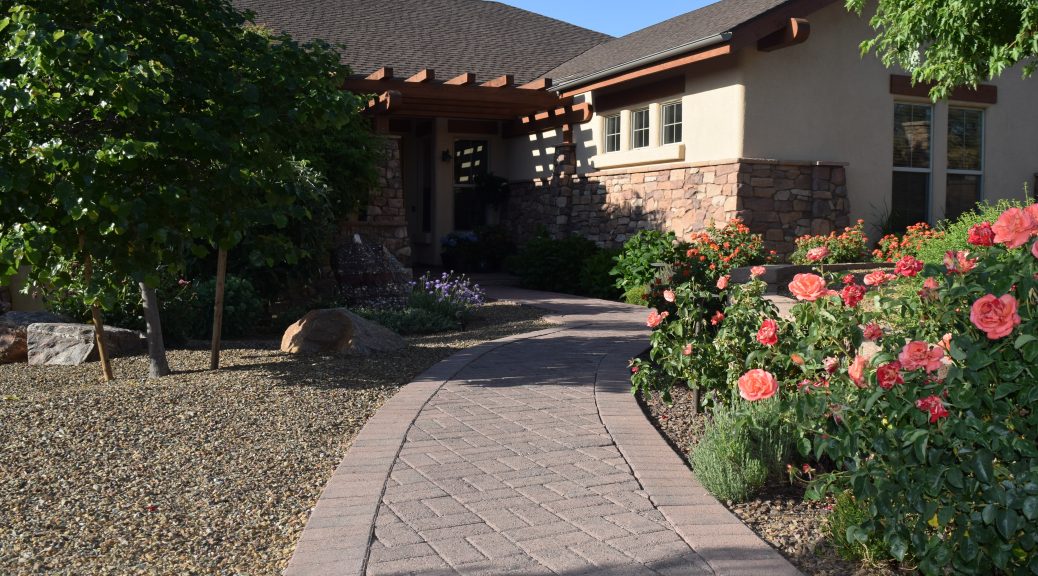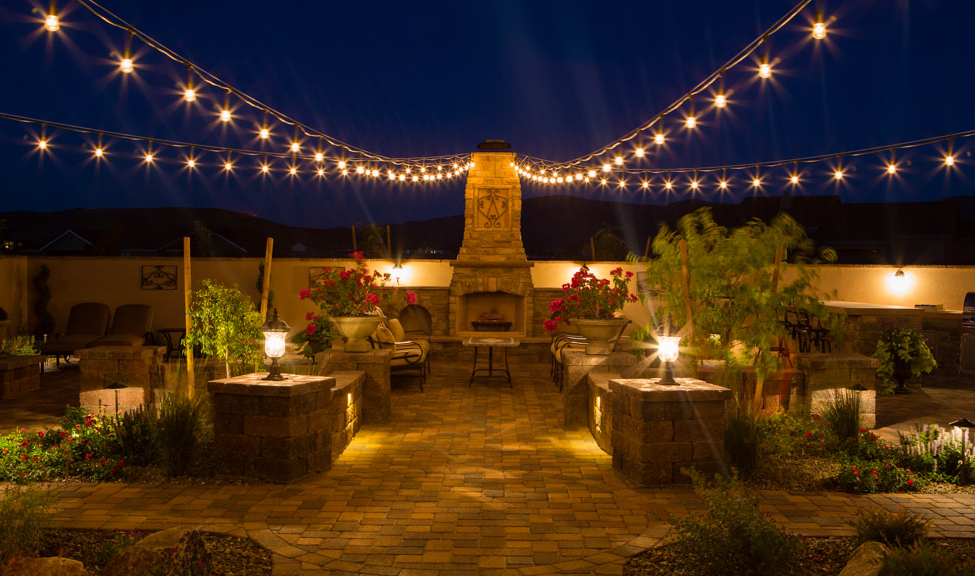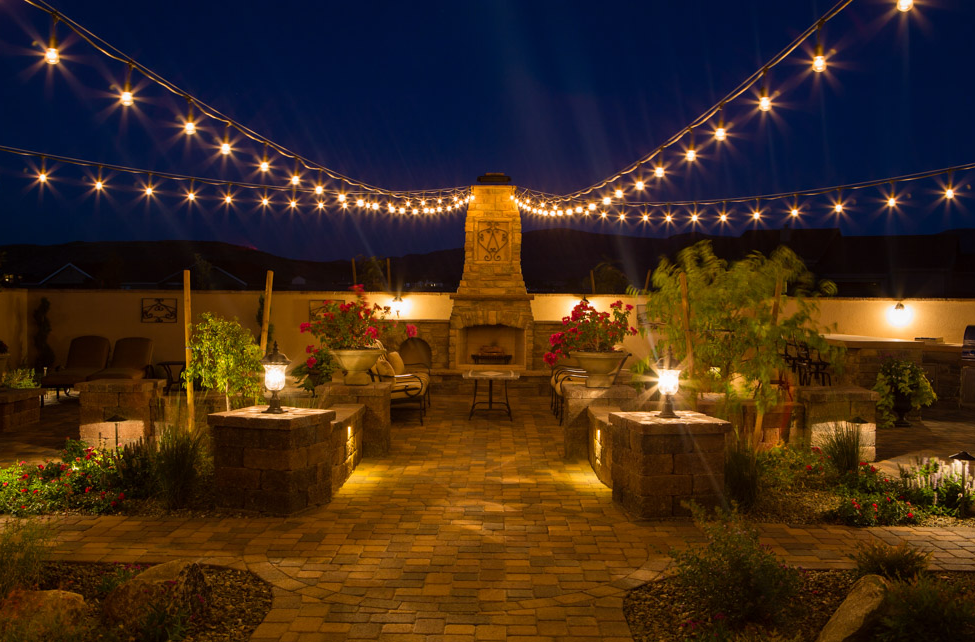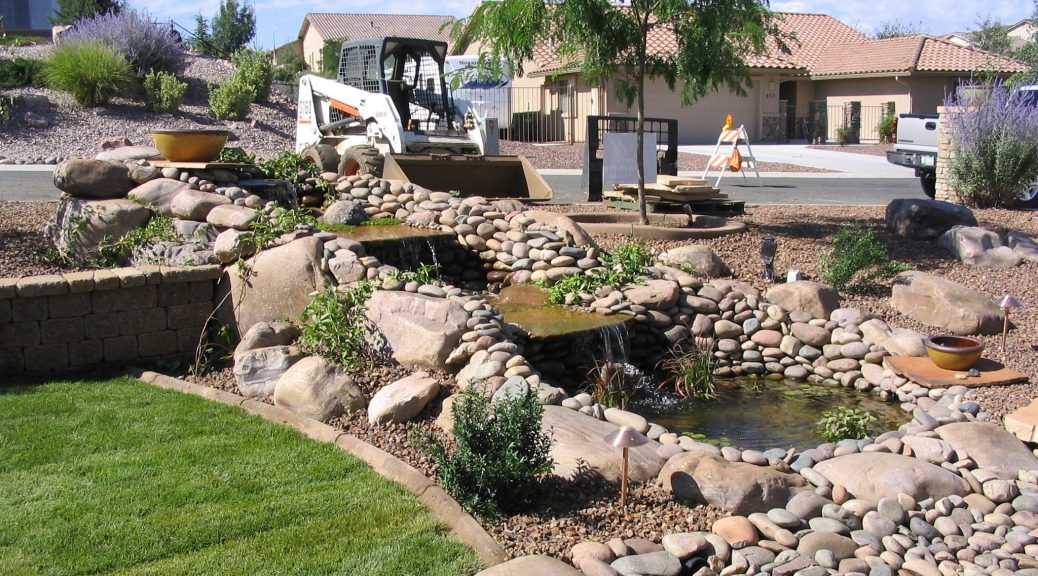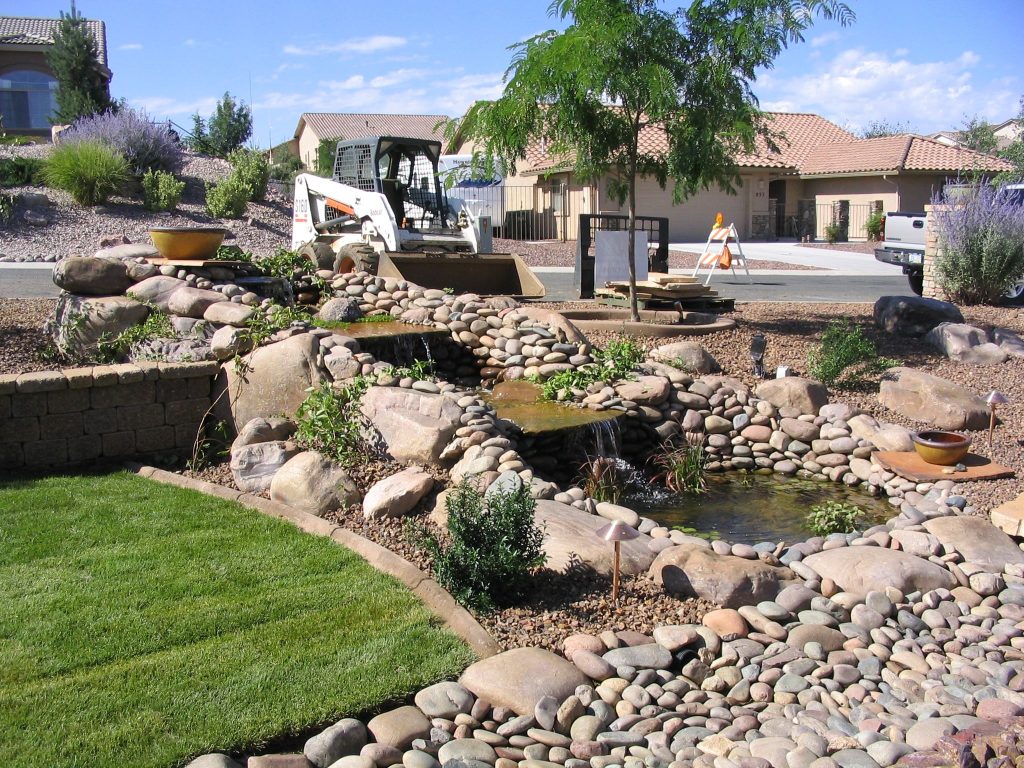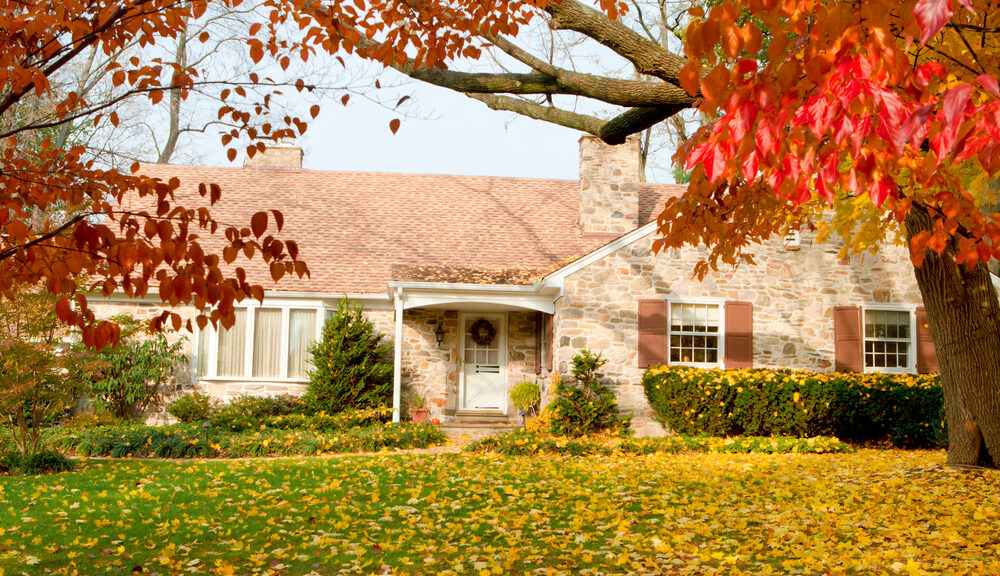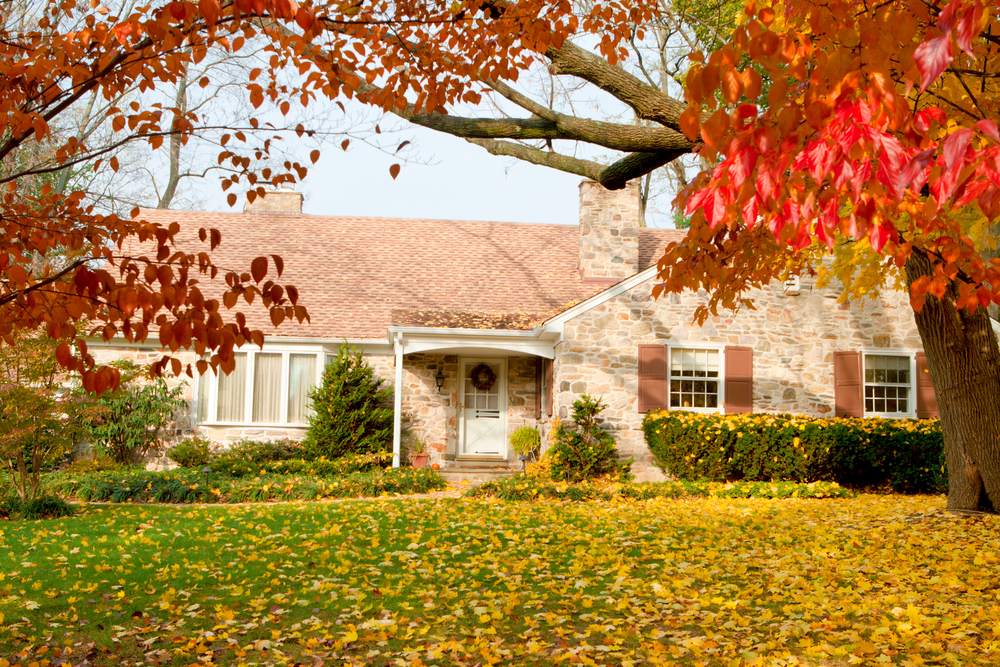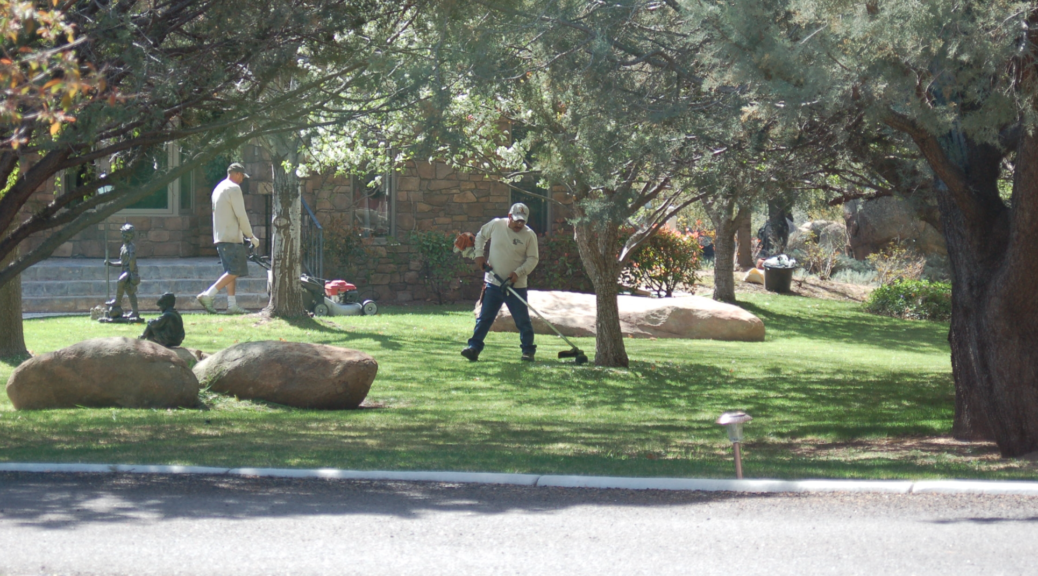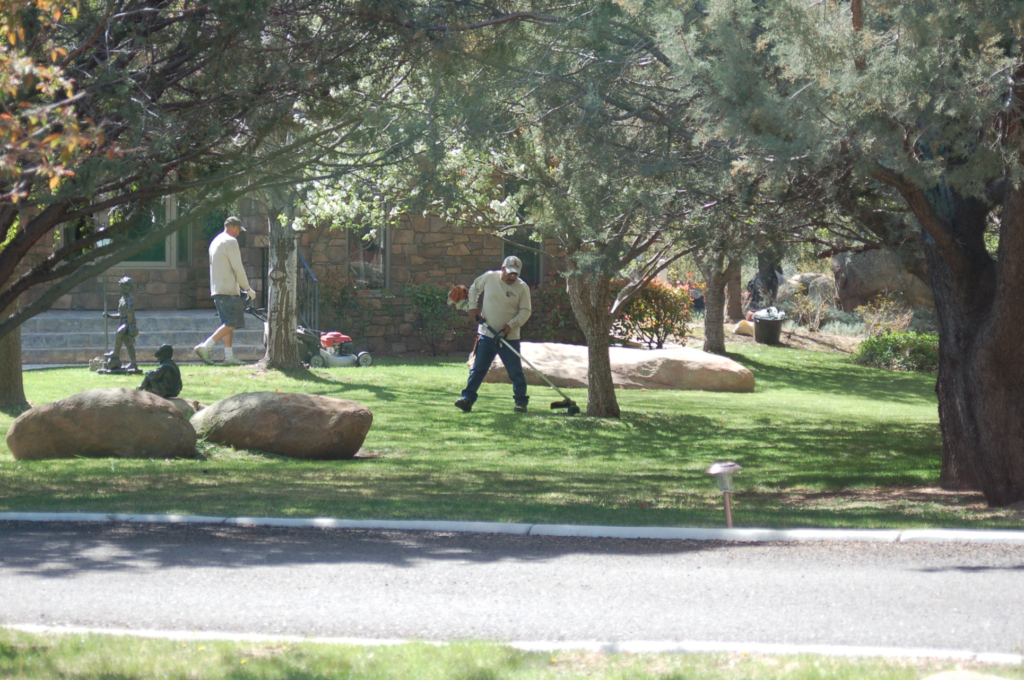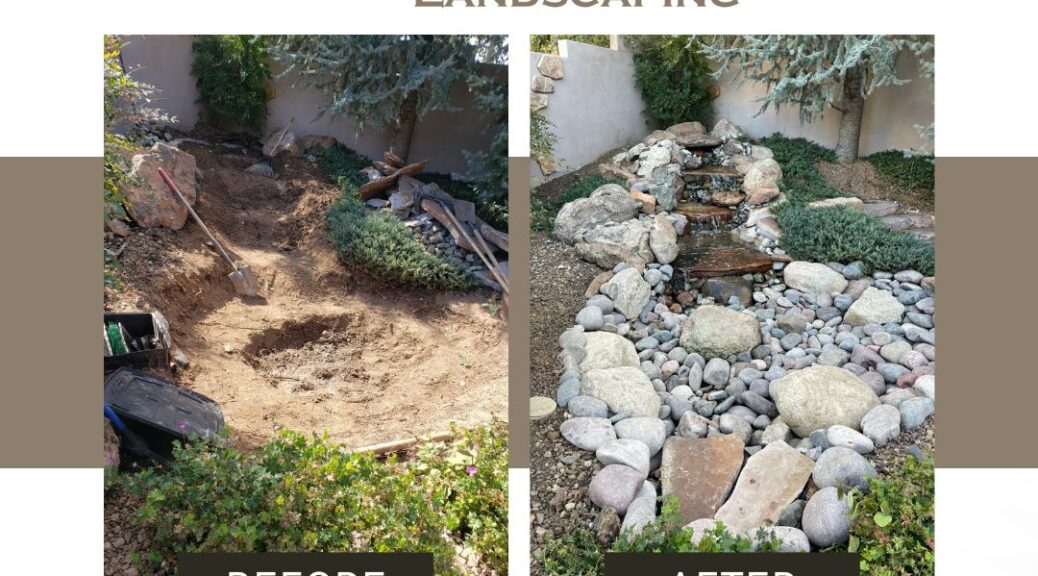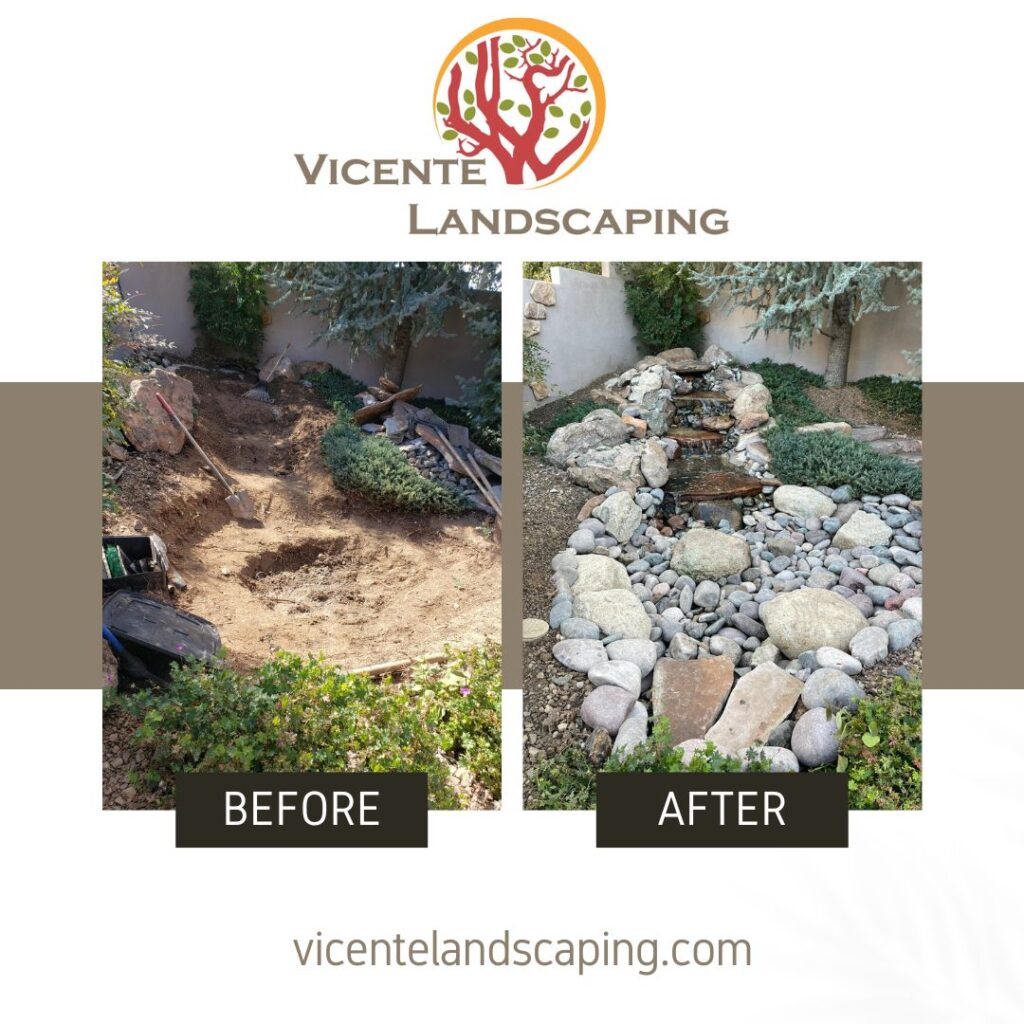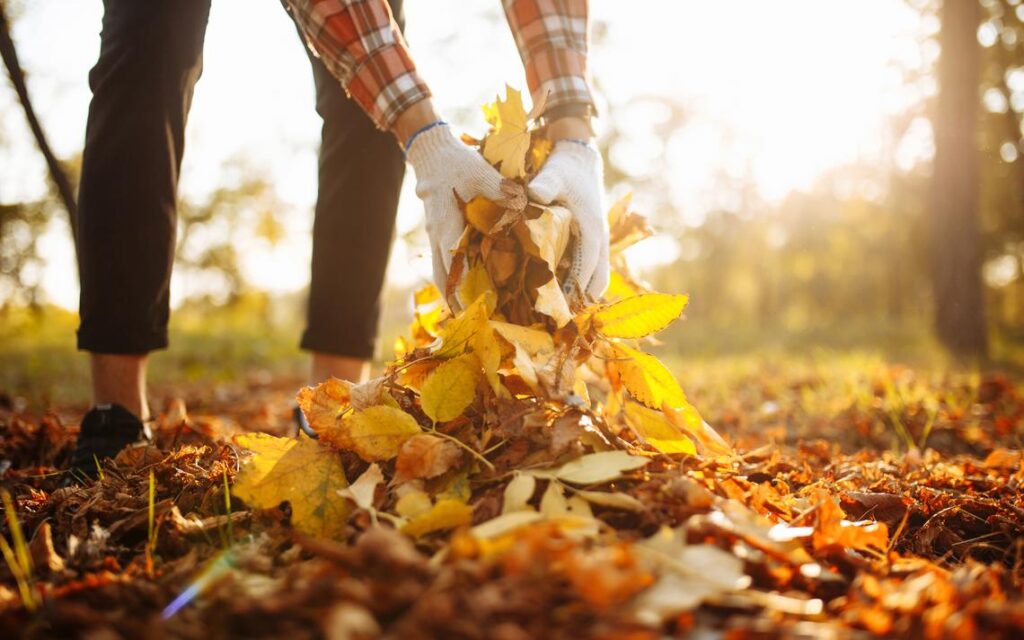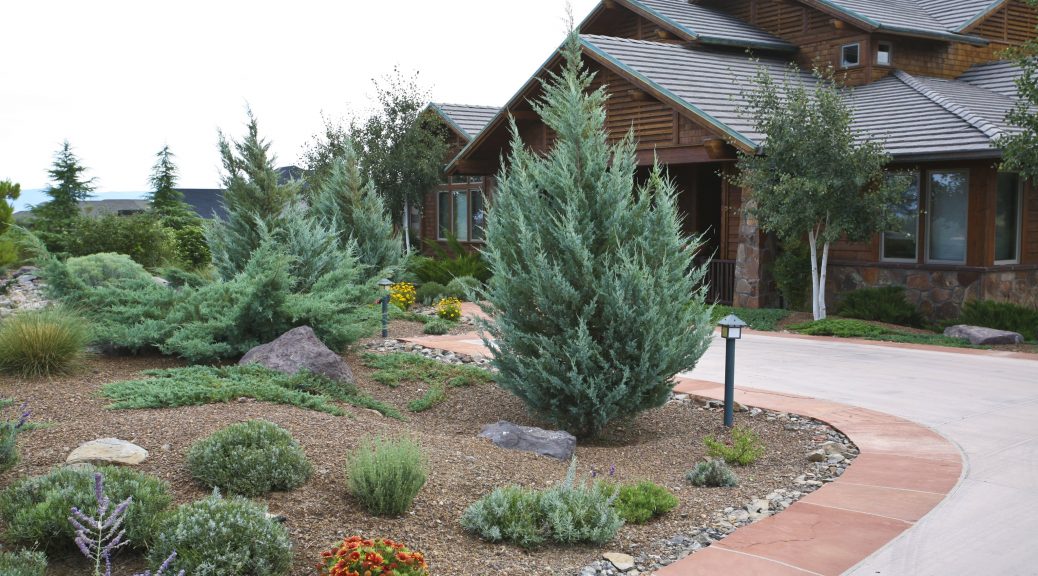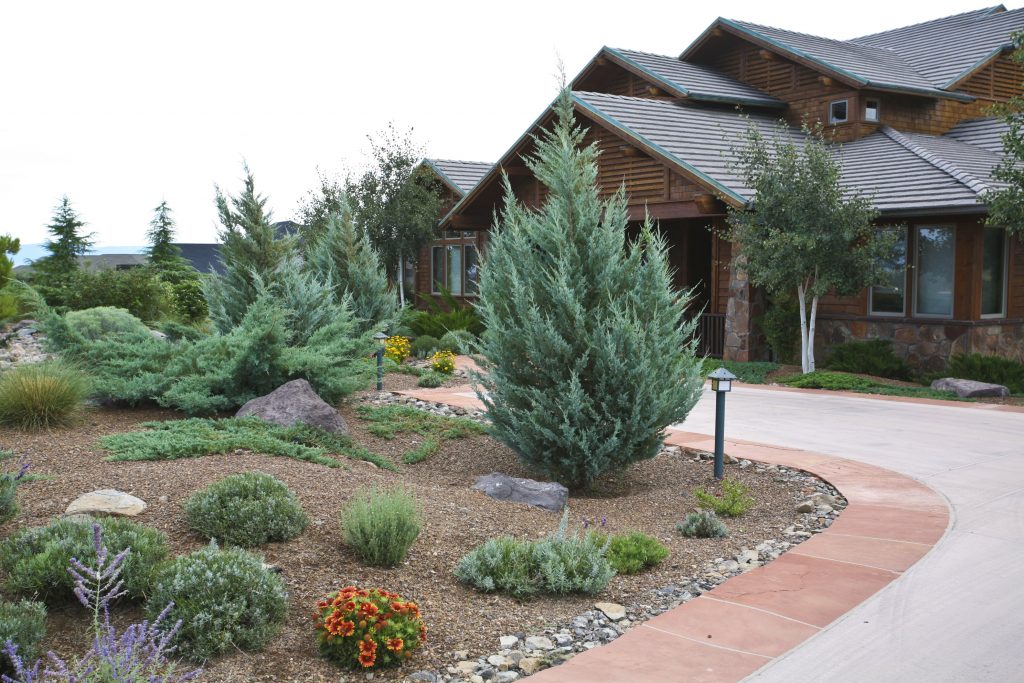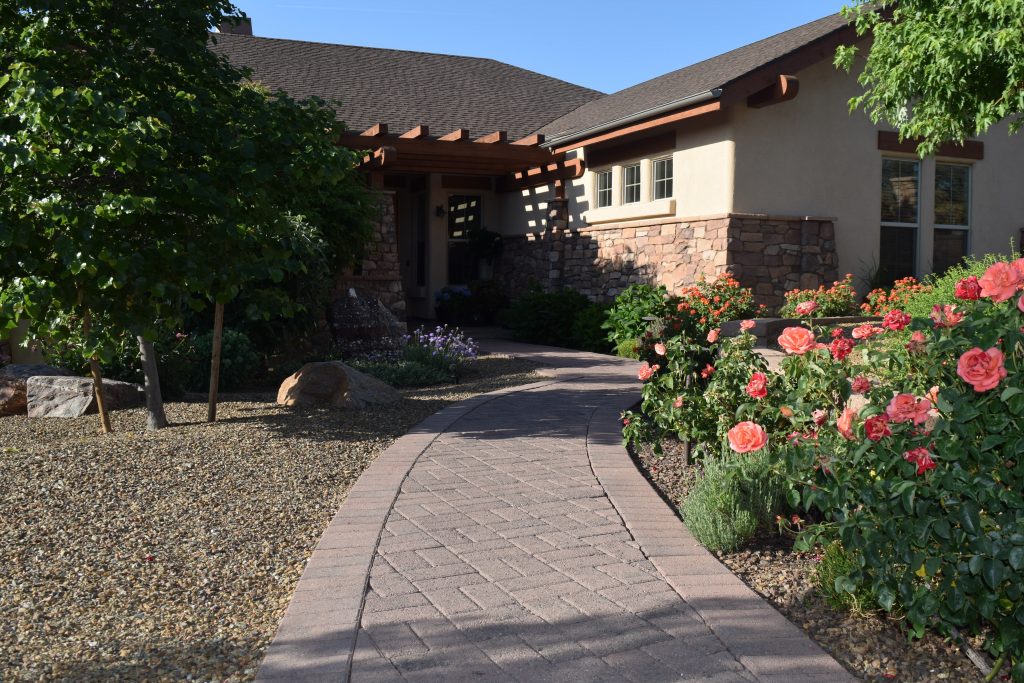
Your front yard is the first thing visitors see when they approach your home. It’s a chance to make a lasting impression and boost your home’s curb appeal. Vicente Landscaping is here with some simple and effective front yard landscaping ideas to enhance the beauty of your home exterior.
1. Lush Greenery
A well-maintained lawn and vibrant plantings are key to a welcoming front yard. We can help you choose the right plants and flowers that thrive in your climate, ensuring a fresh and inviting look year-round.
2. Walkway Magic
A beautiful walkway not only guides guests to your front door but also adds charm to your entrance. Consider options like stone paths, brick pavers, or even a stylish gravel walkway with Vicente Landscaping.
3. Strategic Lighting
Outdoor lighting not only adds safety but also highlights the best features of your front yard. We can help you choose the right lighting solutions to make your home stand out, day and night.
4. Symmetry and Balance
Balance is key in creating an aesthetically pleasing front yard. We can assist in arranging symmetrical plantings and design elements for a well-balanced look.
5. Container Gardens
Don’t have a lot of space in your front yard? Vicente Landscaping suggests container gardens. Colorful pots with flowers or greenery can add a pop of color and life to even the smallest front yards.
6. Practical Hardscaping
Incorporating practical hardscaping elements like a decorative retaining wall, a stone mailbox, or a bench can add functionality and style to your front yard. We can help you choose the right hardscape features for your space.
7. Clean and Tidy
We emphasize the importance of regular maintenance. A well-kept front yard with neatly trimmed shrubs and a weed-free garden bed is crucial for maintaining a pristine appearance.
By implementing these front yard landscaping ideas with Vicente Landscaping, you can maximize your home’s curb appeal and create a warm and inviting entrance that leaves a positive impression on visitors and passersby. Contact us today to get started on enhancing the beauty of your front yard!
Phone | 928-636-1601




